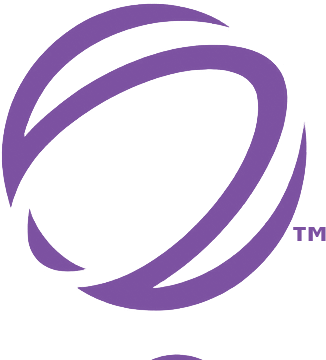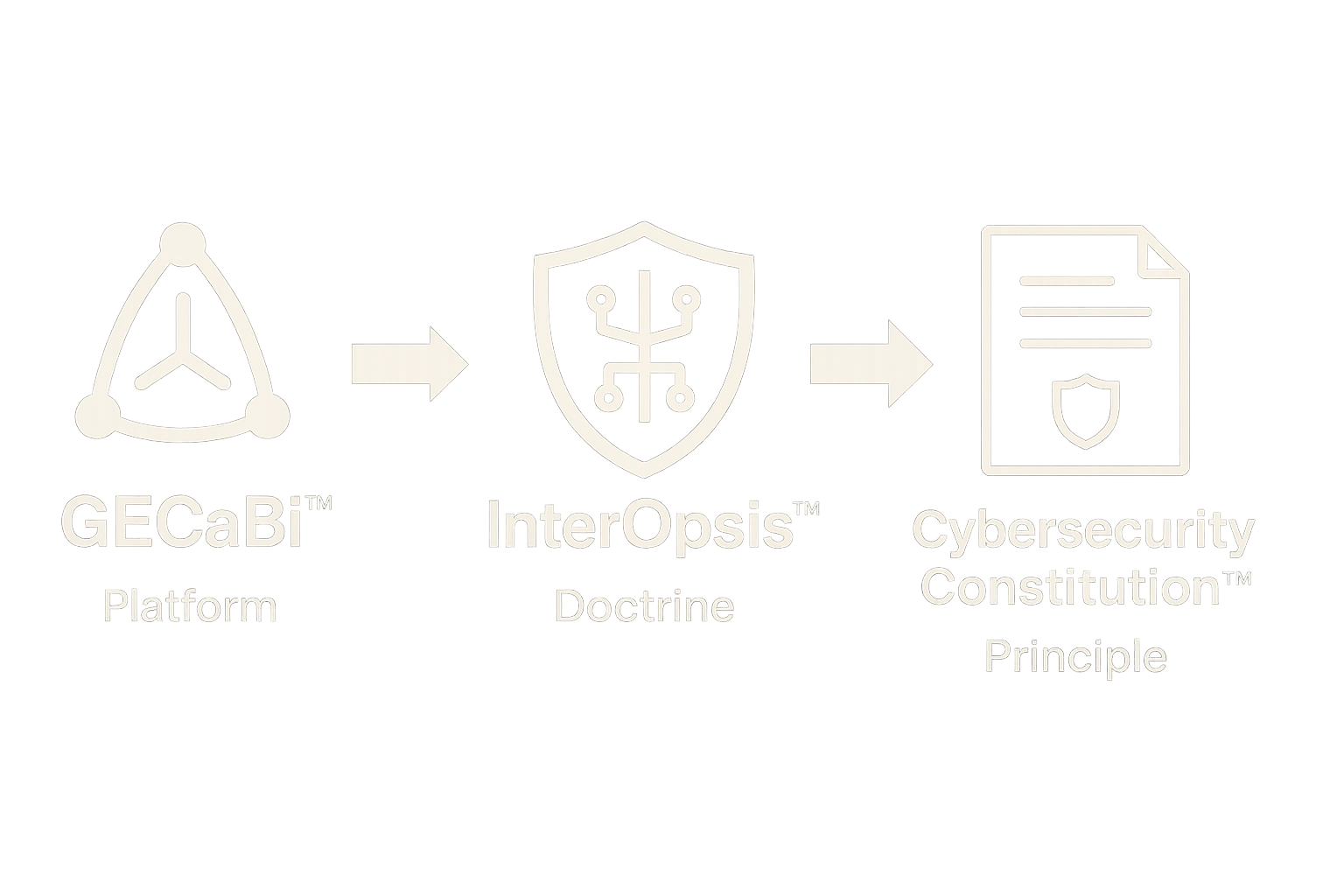Sovereign Cybersecurity Architect Protecting National Infrastructure with Zero Compromise™ Solutions
Learn how to eliminate your exposure to third-party breaches, ransomware, and global Internet failures – without rearchitecting your business.
Manuel W. Lloyd
Founder | Manuel W. Lloyd®
In an era when cybersecurity was barely a discipline, Manuel W. Lloyd envisioned a unified model to safeguard the digital lifelines of nations — from governments to critical infrastructure to business networks. This vision became GECaBi® — a framework to bridge Government, Education, Consumer, and Business Infrastructure with resilience, interoperability, and security at its core.
Though ahead of its time, GECaBi® planted the seed for a revolutionary doctrine-driven approach to digital sovereignty.
1992
A Vision | Before Its Time
As threats intensified and legacy frameworks like NIST and MITRE lagged behind, Lloyd moved GECaBi® toward formal patent status. But the static nature of patents clashed with the need for adaptive doctrine.
GECaBi® was never just a platform — it was a design philosophy. And the world needed more than a patent. It needed a paradigm shift.
2018–2022
GECaBi® Gains Patent Traction | — and Frustration
Reborn from GECaBi®’s foundational pillars, InterOpsis™ emerged as a doctrinal cybersecurity framework — not just reactive tools, but a living architecture of Zero Exposure, Zero Compromise™, and sovereign-grade design.
InterOpsis™ fused hardware, protocols, and governance into one coherent ecosystem:
-
💽 DNA™: Data compartmentalization by mission sensitivity
-
🛰 STEALTH™: Air-gapped enclaves for Zero Internet and Zero Leaks
-
🧠 AegisAI™: AI-driven deception and containment
-
🌐 TrustNet™: Identity governance across hostile networks
InterOpsis™ became the blueprint for post-NIST, post-Zero Trust cybersecurity.
2023
Birth of | InterOpsis™
As adoption grew, one truth became clear: organizations didn’t just need software or strategy — they needed sovereignty.
The result: the Cybersecurity Constitution™ — a codified, doctrine-level replacement to outdated frameworks like NIST 800-53, ISO 27001, and even MITRE ATT&CK. Authored and enforced through Manuel W. Lloyd’s decades of leadership, it defined:
-
Articles for digital sovereignty, resilience, identity, and terrain-based defense
-
Annexes for protocol mappings, enclave types, and operational doctrine
-
Strategic alignment for governments, defense contractors, and critical infrastructure
2025
Cybersecurity Constitution™ | From Blueprint to Doctrine
.png)



Welcome to Zero Doctrine™
Zero Internet. Zero Exposure. Zero Compromise
Sovereign Operations
Your systems stay operable even when the internet goes down — because control shouldn’t require connectivity.
Absolute Offline Control
Your systems stay operable even when the internet goes down — because control shouldn’t require connectivity.
Air-Gapped Resilience
Architected for isolation, designed to survive — your core operations remain untouched by external threats.

